Bernard Quentin
Profile
For Dali he was "a pioneer of cybernetic art and electronic writing" for Restany, "a beacon of post-modern universality of tomorrow". Bernard Quentin speaks to everyone. He reminds us of the Artist's spiritual mission. He brings people together. He transforms the world. And it works.
"An artist's importance will be judged by the number of new symbols invented for the visual language which will be universal". Henri Matisse said it and Bernard Quentin replied. In symbols.
Babelweb is an 'art language'. Timeless. Three thousand signs, symbols and icons that Bernard Quentin invented to "unite people": a universal writing language. Everything can be said, everything told and everybody can understand. This language transformed by the artist into works which are as much quotations, captions and stories.
"(…) I was looking for a universal language. When I created this at Olivetti in 1962, I called it Babel62. At that time there was no fax, no internet, everybody found this utopian. Then my workshop at Quai de la Gare burned down, the firemen flooded everything and I found the alphabet in a box. I thought that, with the web, it could be interesting and so I called it Babelweb. Everyone can use it. It is free." explains Quentin.
Bernard Quentin’s semiotic art is made up of graffiti, steno-graffiti, hieroglyphics, pictograms, fibre optics and electronic letters. Across all medias and all contexts, he has never stopped exploring the reality of possibilities imbued in every word, every sign, every graphic.
"(…) A symbol's meaning can differ from one continent to another. That is why I imposed symbols that can be taken up by everybody. That’s the universal side of the work. I used Kufic and Zen calligraphy as a base in the sense that each calligrapher adds something above and beyond the sense. That's the identity, the colour." He says.
Biography
Bernard Quentin is a French painter, sculptor and designer born in Doingt-Flamicourt on June 22, 1923 and died in Chevilly-Larue on June 28, 2020.
After graduating from the Ecole Nationale des Beaux-Arts in Paris, he joined the Resistance. He was 19 years old and remained in the air force until the end of the war.
In 1945, his meeting with Picasso at the Maison de la Pensée and his discovery of Guernica influenced the abstract and expressionist writing of the unique book on the horros of war and death camps that he exhibited at the Salon des moins de trente ans.
The artist soon met Sartre, Artaud, Eluard, Ernst, Giacommetti, Vian, Tzara, Merleau-Ponty, Prévert, among others. He exhibited his first ideograms-writings, rue Gay-Lussac. His exhibition at the Maison de l'Université in Paris was shown in Zurich, Geneva and Bern where he discovered poetic primitivism as well as oriental and African influences in the writing of certain works by Paul Klee. His research on the sources of language led him to travel, notably in the South of France and in Italy.
In 1947, he met Aimé Maeght in Cannes. And lingers and transcribes the rock inscriptions of the "Valley of Wonders" in the Alps. Continuing his study of the runes, Bernard Quentin leaves for the Nordic countries, travels through Scandinavia, Lapland and returns to Cannes passing through Switzerland, Germany and Italy where he discovers the futuristic works of monumental automatic writing.
In 1951, he studied with Le Corbusier the establishment at the Sainte-Baume of a city-state of artists that artist could themselves build, inspired by the animal kingdom, and collaborated on various architectural works aimed at integrating poetry and color into the monumental scriptural envrionment, notably with mosaics, stained glass, tapestries and green spaces participating in urban polychromies. After trips to Brazil, Bernard Quentin returned to Paris where he exhibited at the Stadler Gallery, the Craven Gallery and at Iris Clert.
In 1957, a tribute to Monet presented simultaneously at André Schoeller and at the Saint-Germain Gallery made Pierre Restany say: "This is the moment when Bernard Quentin's writing reached its maximum dilution in cosmic space: air, water, light." The end of the 50's is a progressive abandonment of tiny signs for a larger, more structured gestural and epic writing that invites itself in the polychromy of the buildings of Niamey and Bamako.
The 60's mark a turning point: the swarming of crowds invades the blurred spaces, emerges giant writings and graffiti. Words take over, become the subject of the painting from which they will soon emancipate themselves. Bernard Quentin moved to Milan where he met Fontana, who advocated spatialism, art that was expanded and freed from the shackles of the painting. He found Yves Klein, Spoerri, Arman and carried out his first research with oscilloscopes and computers at Olivetti.
A precursor, the artist used the Bic pen in automatic writing and experimented with electronic writing. He believes that the tools of visual communication will sign the end of painting. He is passionate about air and pneumatic sculpture and creates his first inflatable sculpture - Cybule I - at Pirelli.
In 1963, he exhibited a pulsating inflatable scultpure with programmed breathing - Cybulle III - at the World's Fair in New York and became friends with Liechtenstein and Warhol. He created a 100% inflatable crescent chair for Printemps, returned to Italy to create other metal structures in welded PVC that he exhibited in 1966 at the Waldorf Astoria's "Ball Room" in New York, in Central Park, Paris, Neuilly at Gunther Sachs' studio and at Blow-up in Milan.
"Thus, from century to century, for the myth, it is the soul that penetrates the body and gives it life, and it is by inflating his lungs that man had acquired this soul, the breath fertilizing the spirit" he explains.
By changing the scale of his works, Bernard Quentin takes a stand against commodity art and devotes himself to the transformation of the environment through architecture-sculpture, monument, design and public participation.
"This art in interactive expansion remodels the profile of the individual and collective environment" explains Pierre Restany.
At Christmas, in 1978, three thousand photophores of the word - peace - light up the square of Saint-Merri.
Events
-
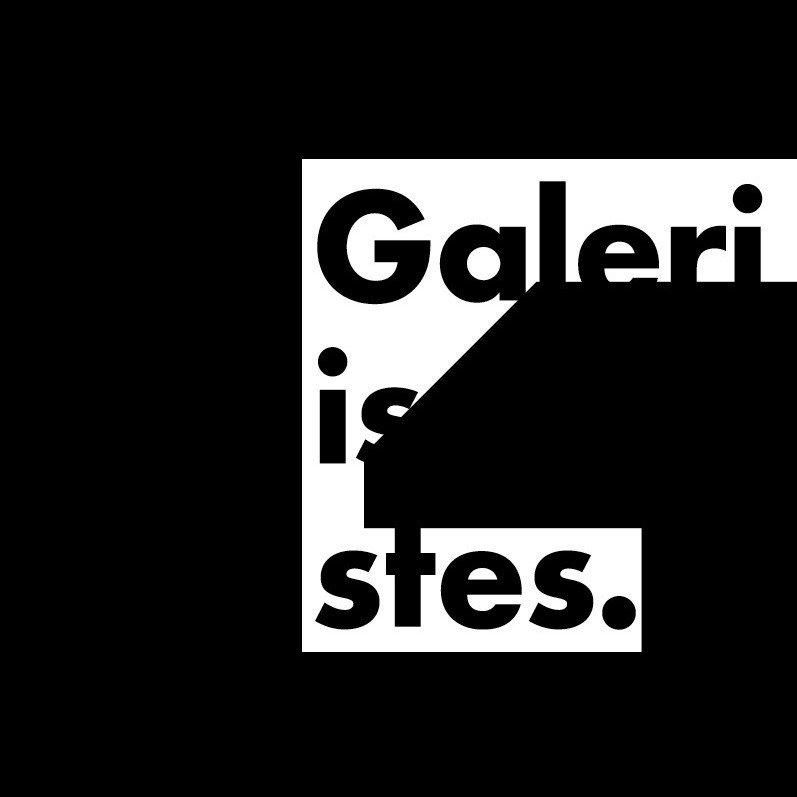 [Art Fair] Galeristes 2020
[Art Fair] Galeristes 2020
10/23/2020 -
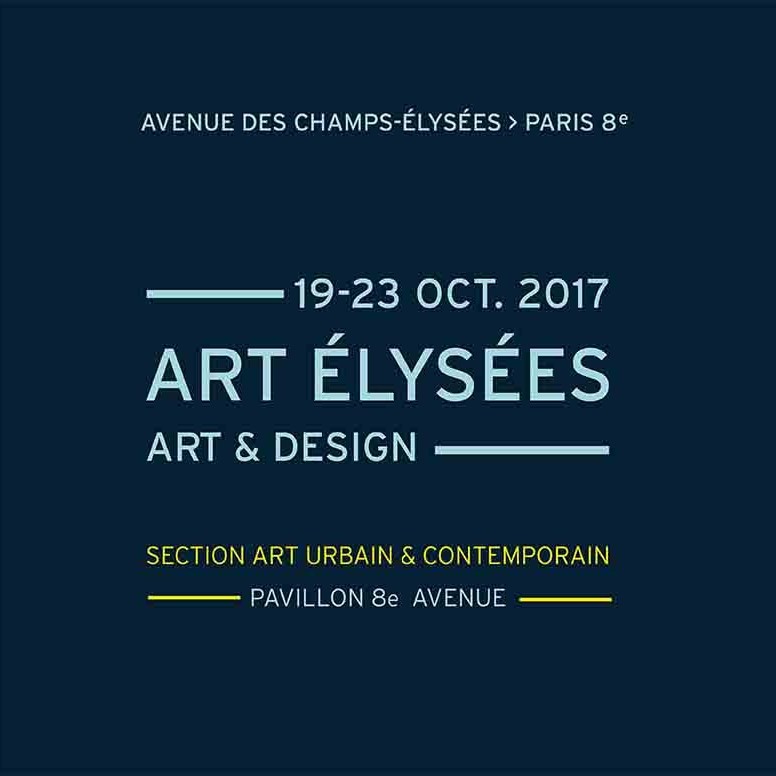 [Art Fair] 8e Avenue Art Fair 2017
[Art Fair] 8e Avenue Art Fair 2017
10/19/2017 -
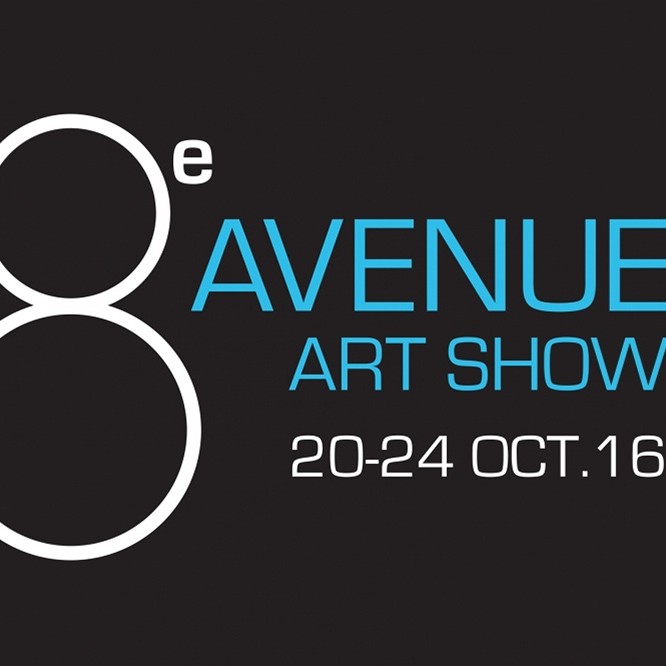 [Art Fair] 8e Avenue Art Fair 2016
[Art Fair] 8e Avenue Art Fair 2016
10/20/2016 -
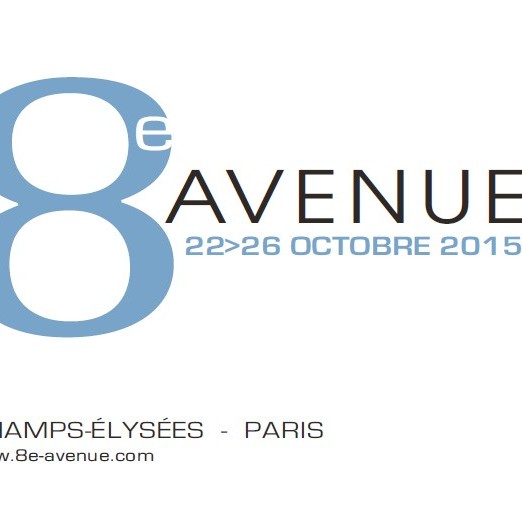 [Art Fair] 8e Avenue Art Fair 2015
[Art Fair] 8e Avenue Art Fair 2015
10/22/2015 -
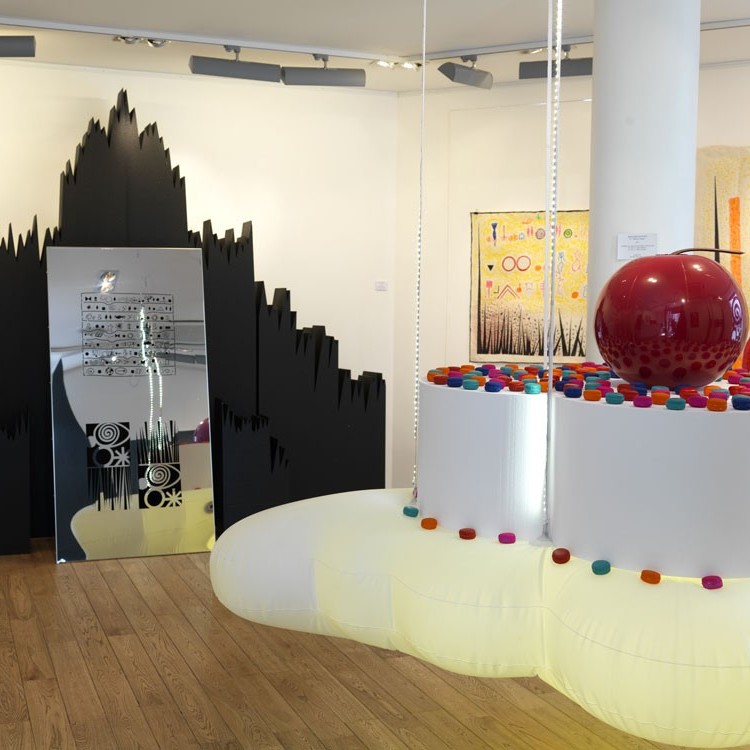 [Exhibition] La vie est belle
[Exhibition] La vie est belle
05/10/2013
News
Reviews
Videos
New artworks
There are no artworks yet here